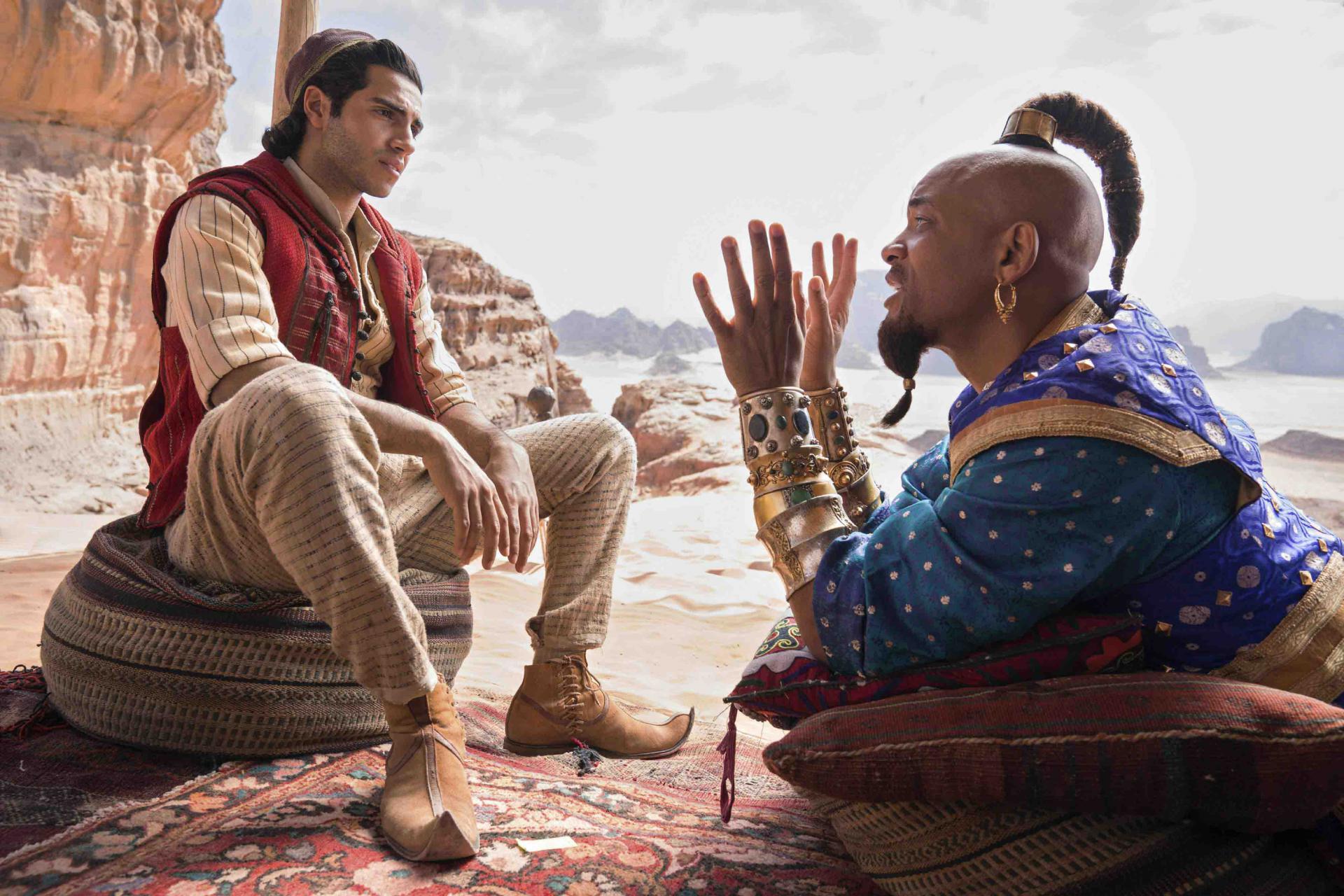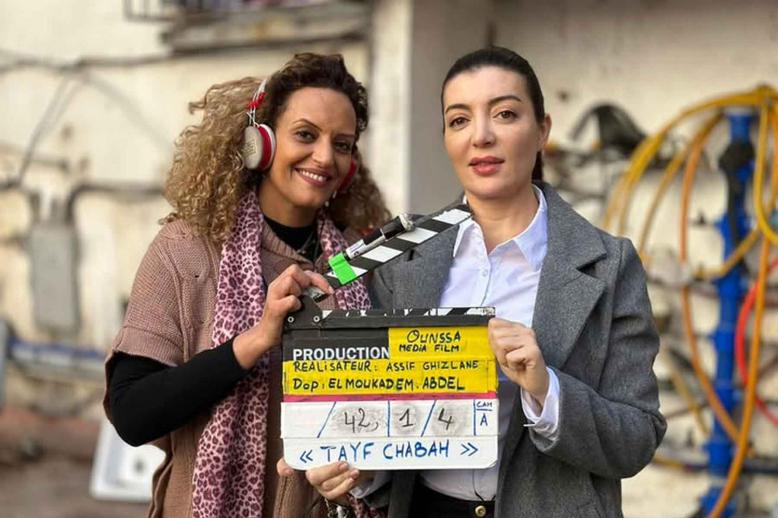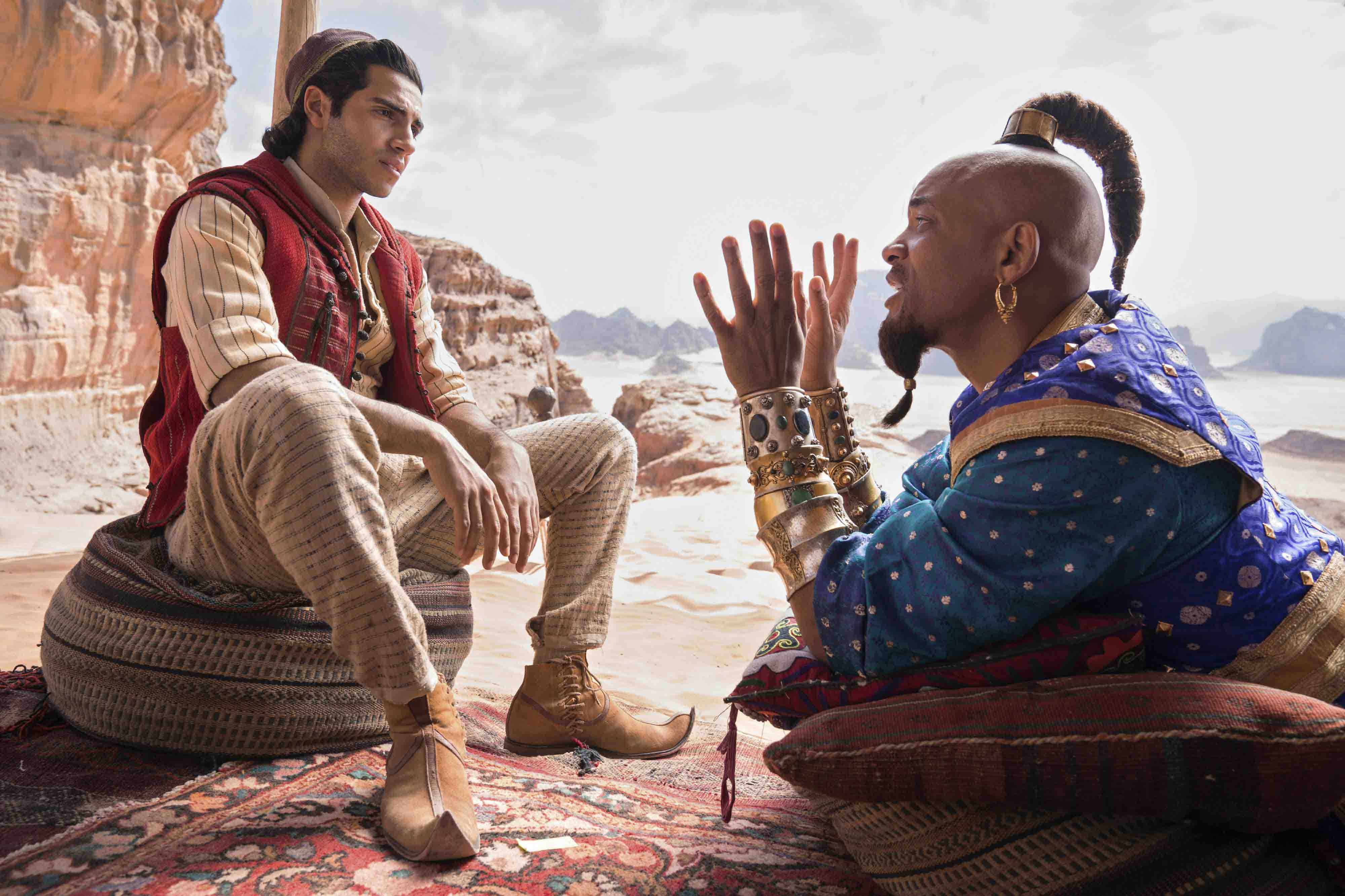Disney’s ‘Aladdin’ remake bridges film and tourism industries in Jordan
LONDON - The winding valleys, deserts, salt flats and ancient monasteries of the Middle East have long served Hollywood as a backdrop for cinematic productions, from Star Wars to Indiana Jones and, more recently, Guy Ritchie’s “Aladdin.”
Jordan’s exotic and authentically ancient landscape feeds the Hollywood aesthetic and make-believe worlds that appear on screen and Jordan’s own cinema and tourism as “Aladdin” puts the country and its prehistoric landscapes on the global map.
Using Jordan’s dusty desert exterior to frame important scenes of the “Aladdin” remake, viewers are transported to a land where other Hollywood films have journeyed before.
The archaeological town of Petra may cast the mind of readers to Steven Spielberg’s “Indiana Jones and the Last Crusade” or “The Mummy Returns,” both of which were filmed there. From the pink sands of Wadi Rum, Petra’s monasteries to the citadel of Amman, Jordan’s unique space doubles as a film set and vibrant tourism hub, attracting up to 4 million tourists a year.
As one of the few safe areas in a region where the line between Hollywood and real-life villains is blurred, “the view is that there is a market to plug into,” journalist Usman Butt said, “which goes back at least 50 years.”
The appeal is particularly strong across science fiction, including “Star Wars: The Force Awakens,” the “Mission: Impossible” franchise, “The Martian” and more.
Few are attuned to the fact that the planet of Jakku in “The Force Awakens,” a frontier desert world “home to thieves, outlaws and scavengers,” is Abu Dhabi’s Rub al Khali Desert. Away from the crescentic dunes of the Emirates, is Tunisia’s dried salt lake — Chott el Jerid — another famous spot frequented by die-hard Star Wars fans is Luke Skywalker’s home, a desert-built igloo that remains standing.
The pink desert plains of Wadi Rum are testimony that “confirms Jordan as a jewel of Hollywood,” as a headline from the National newspaper read.
“Jordan can finally compete but there was a time where it couldn’t” due to the soft power of mammoth industries like Egypt… Egypt is the big one but it tanked in the ’90s,” Butt said.
Jordan boasts of its own colourful film-making industry but productions such as “Aladdin” binds not only film and tourism but ushers in other economic opportunities.
The cast and director of Disney’s latest remake worked with the Royal Film Commission (RFC), which hired 150 local staff members for filming facilitation and production coordination. “Aladdin” as RFC board member Mary Nazzal-Bataineh said in May at a news conference in Amman, “is yet another affirmation for us that Jordan is the place to film.”
“Not only have we been successful in positioning Jordan as the place for film but we have also been instrumental in achieving a positive social impact on our community,” Nazzal-Bataineh added in celebration of the involvement of the RFC that in the past decade created an estimated 95,000 job opportunities in the film sector.
Jordanian film-maker Rula Nasser said: “Media and influencers are now a big asset to PR and marketing campaign since the film was shot in Jordan. They are the best ambassadors to come back and talk about the advantage and their experience in Jordan.”
Nasser said “what made the tour so stunning is that (Jordanian Crown) Prince Hussein hosted a huge fundraiser with the presence of the cast,” with proceeds to be used to build an extra wing for children at the King Hussein Cancer Centre.
Far more than a modern Disney hit is at stake that Jordan carefully managed by negotiating prices, creating hundreds of jobs and repackaging the kingdom’s appearance.
Hollywood stars play an important role as the flurry of videos and Instagram posts from the cast showed those took time out of the filming schedule to discover Jordan.
“It’s gorgeous,” Mena Massoud said of the Amman Citadel, which jogged his memory to a previous visit to Jordan. “The last time I came to Jordan I went to Petra, that’s kind of the ultimate, but this” he said, pointing to the mound, “is phenomenal.”
As war in the region redefines and reshapes landscapes, the appeal of other countries is finding a new audience both abroad and at home.
Nazli Tarzi is an independent journalist, whose writings and films focus on Iraq’s ancient history and contemporary political scene.
This article was originally published in The Arab Weekly.







